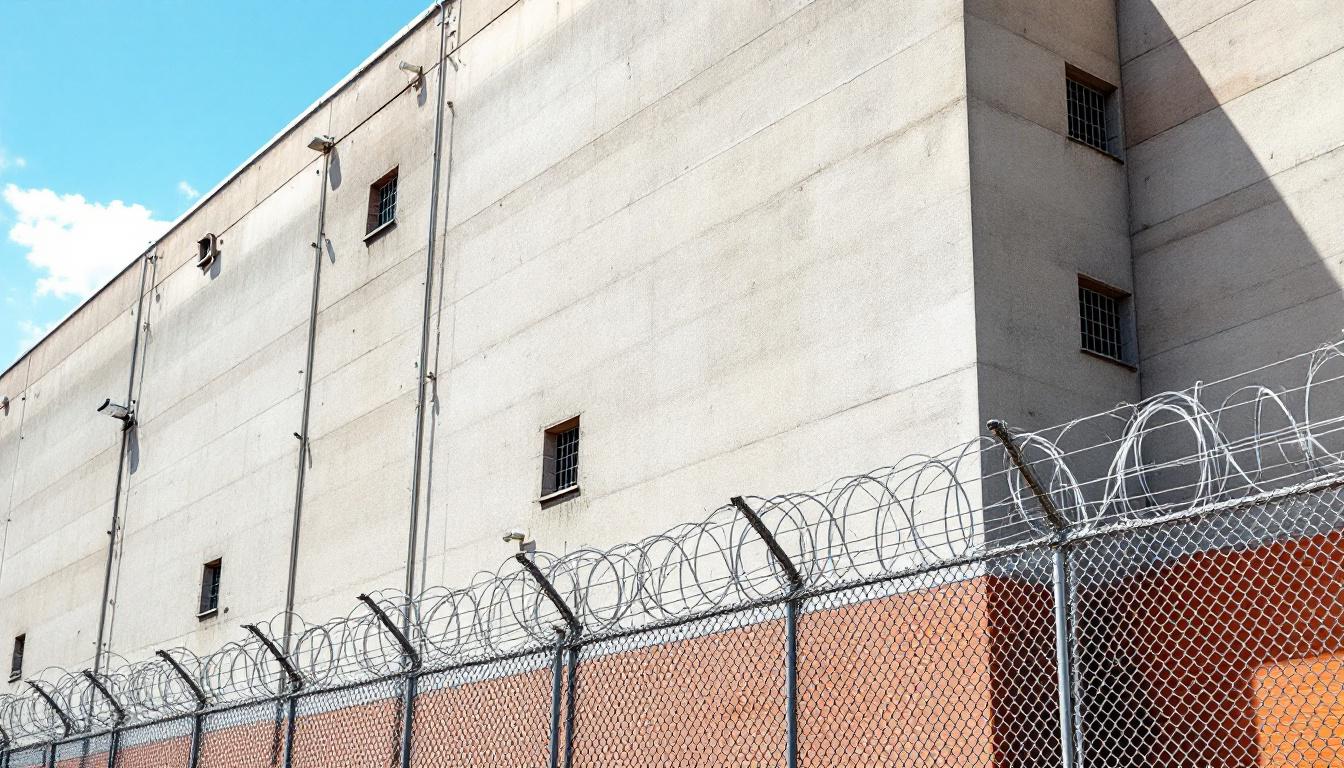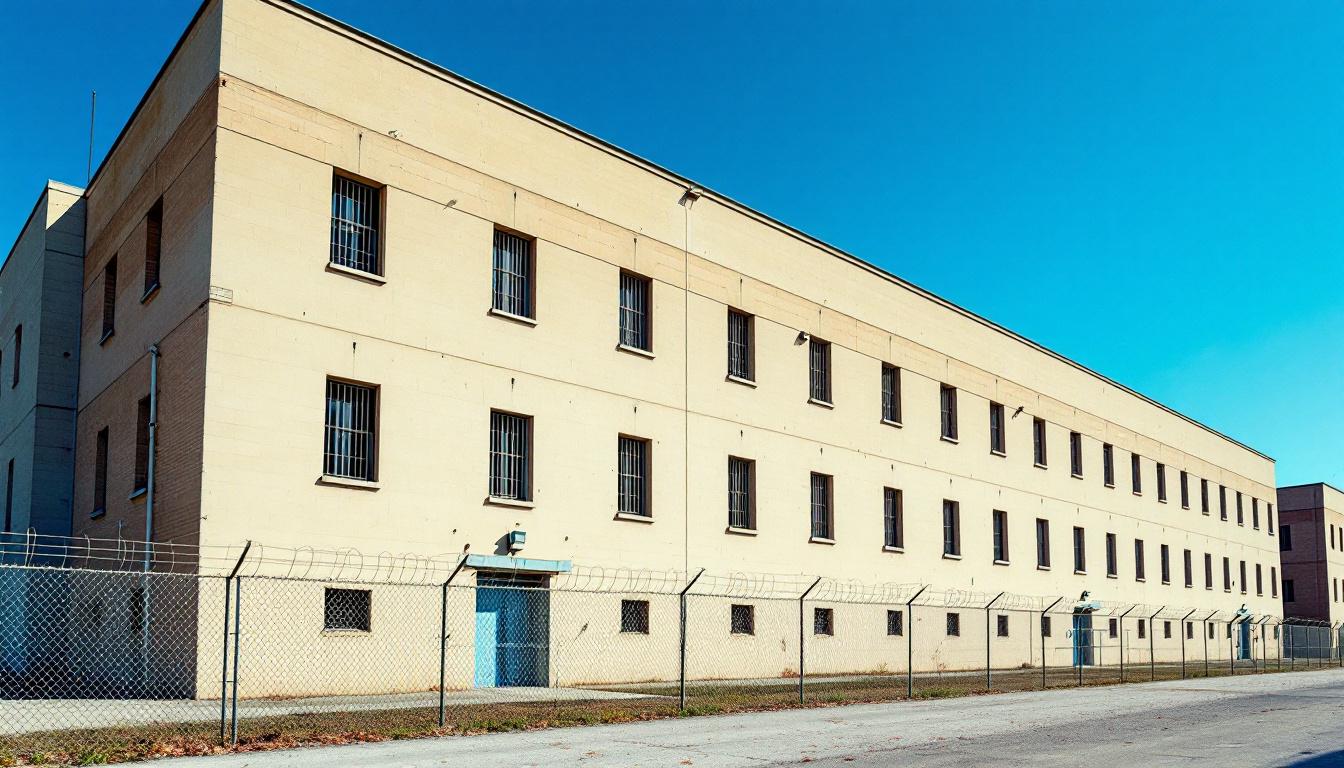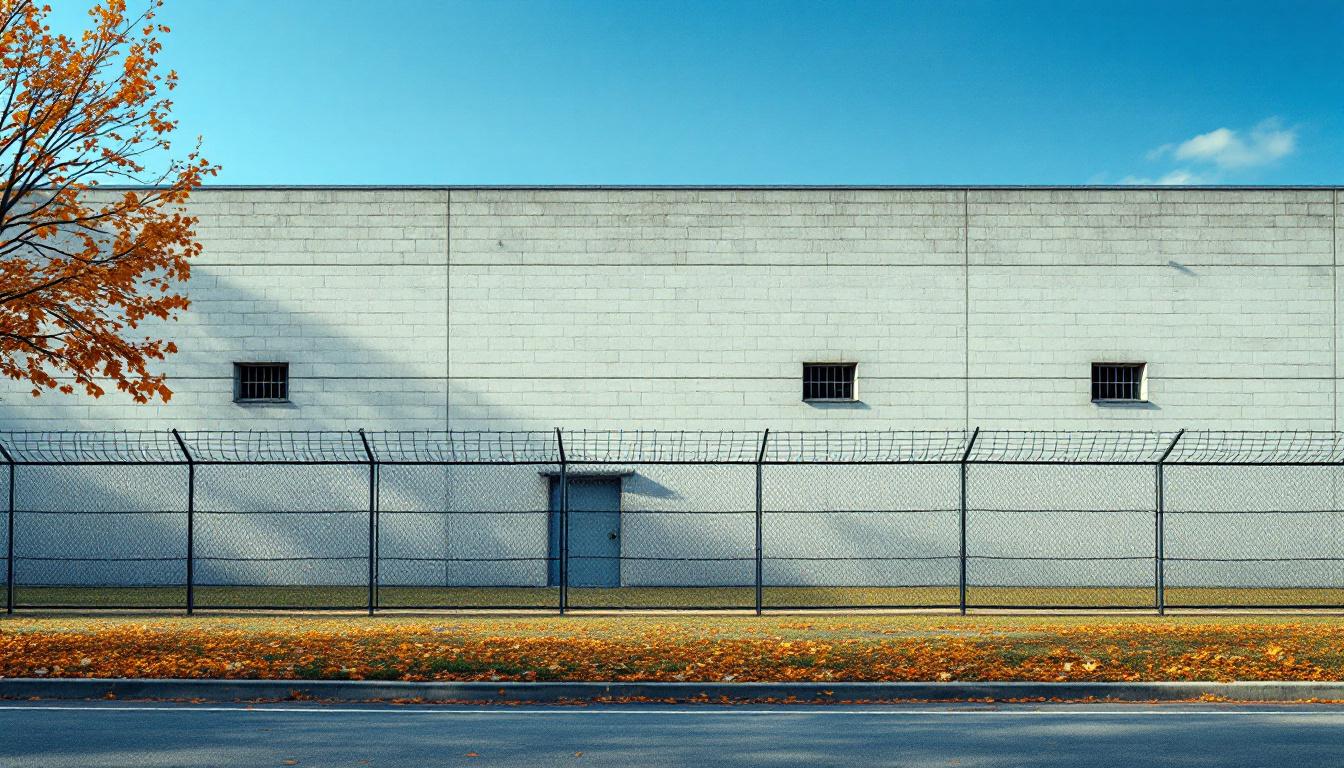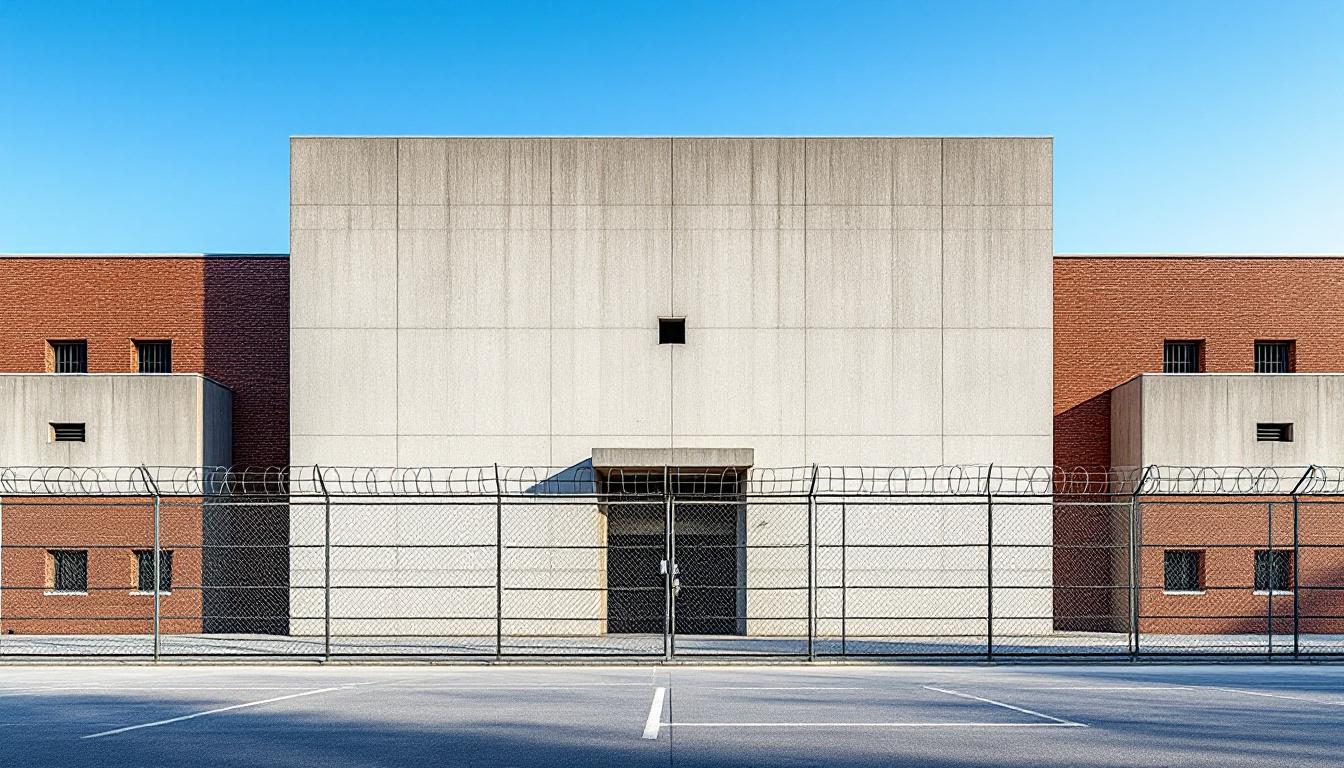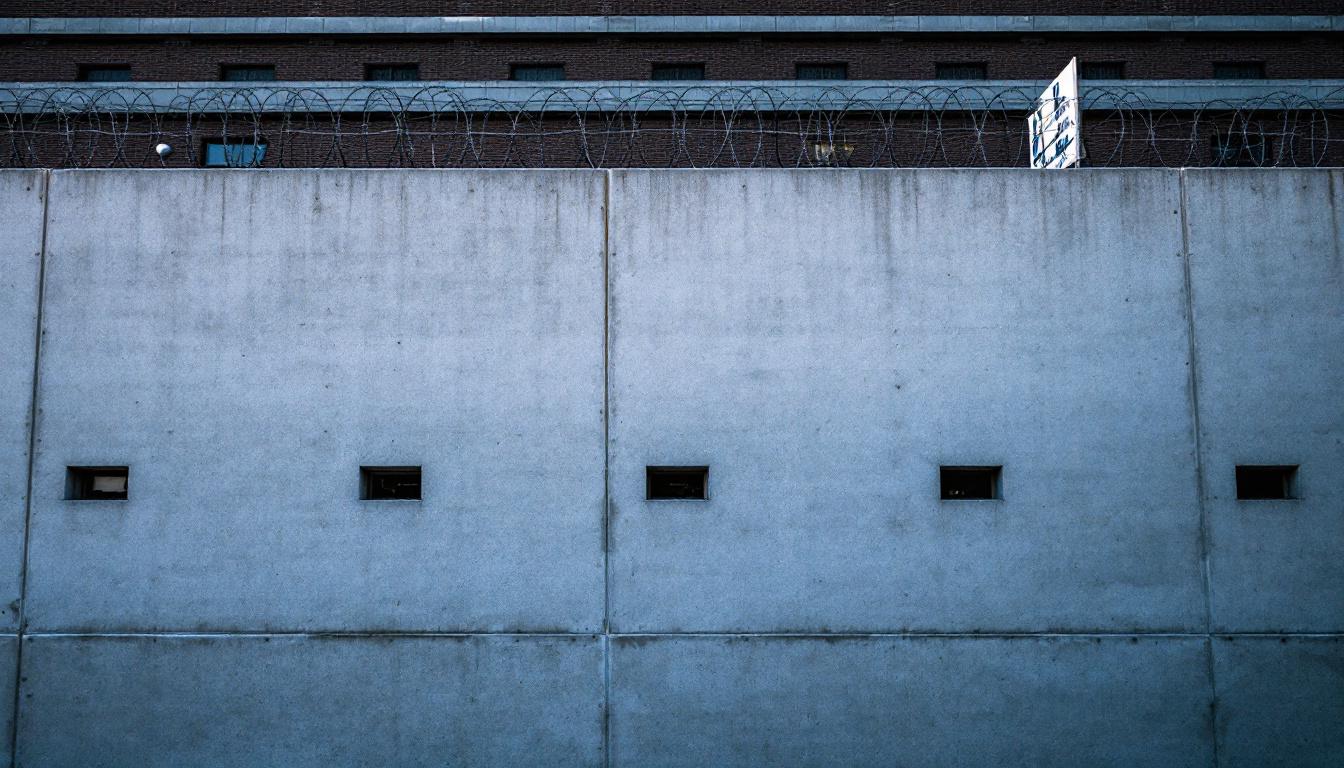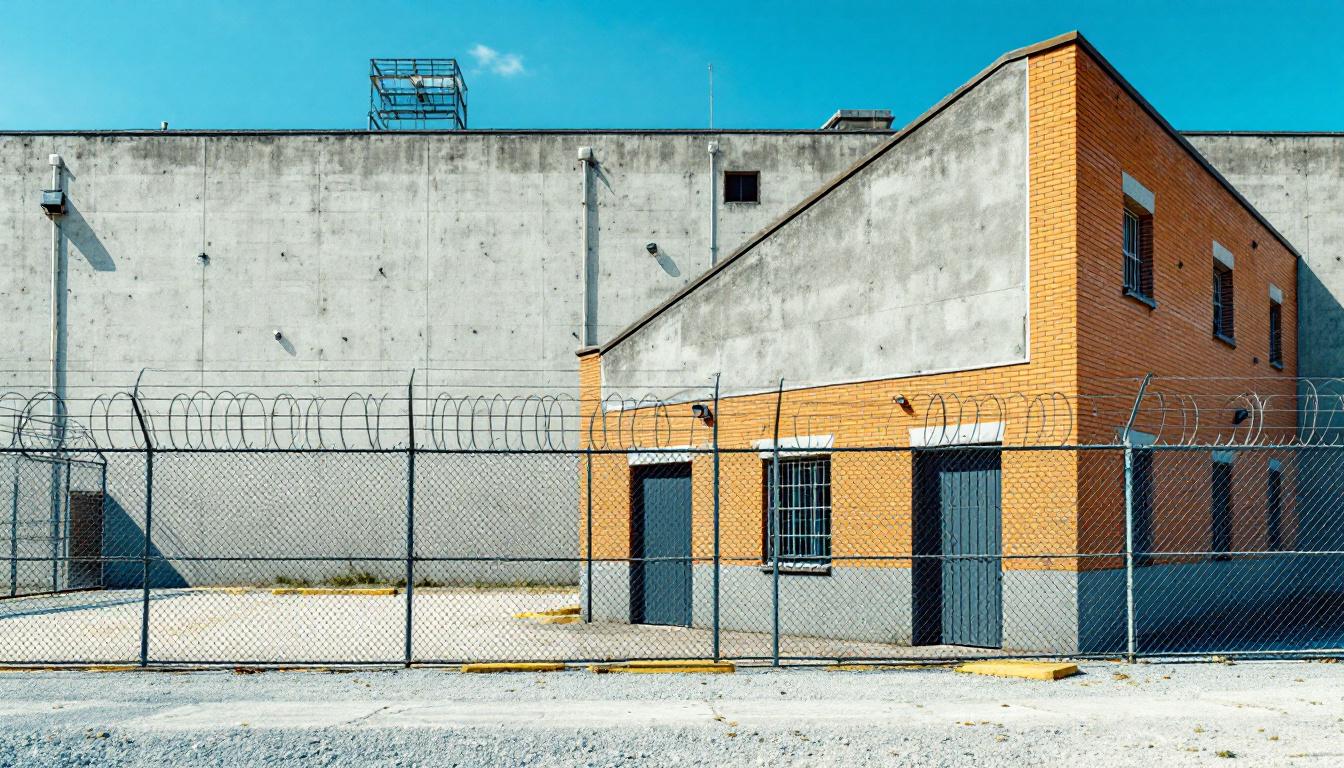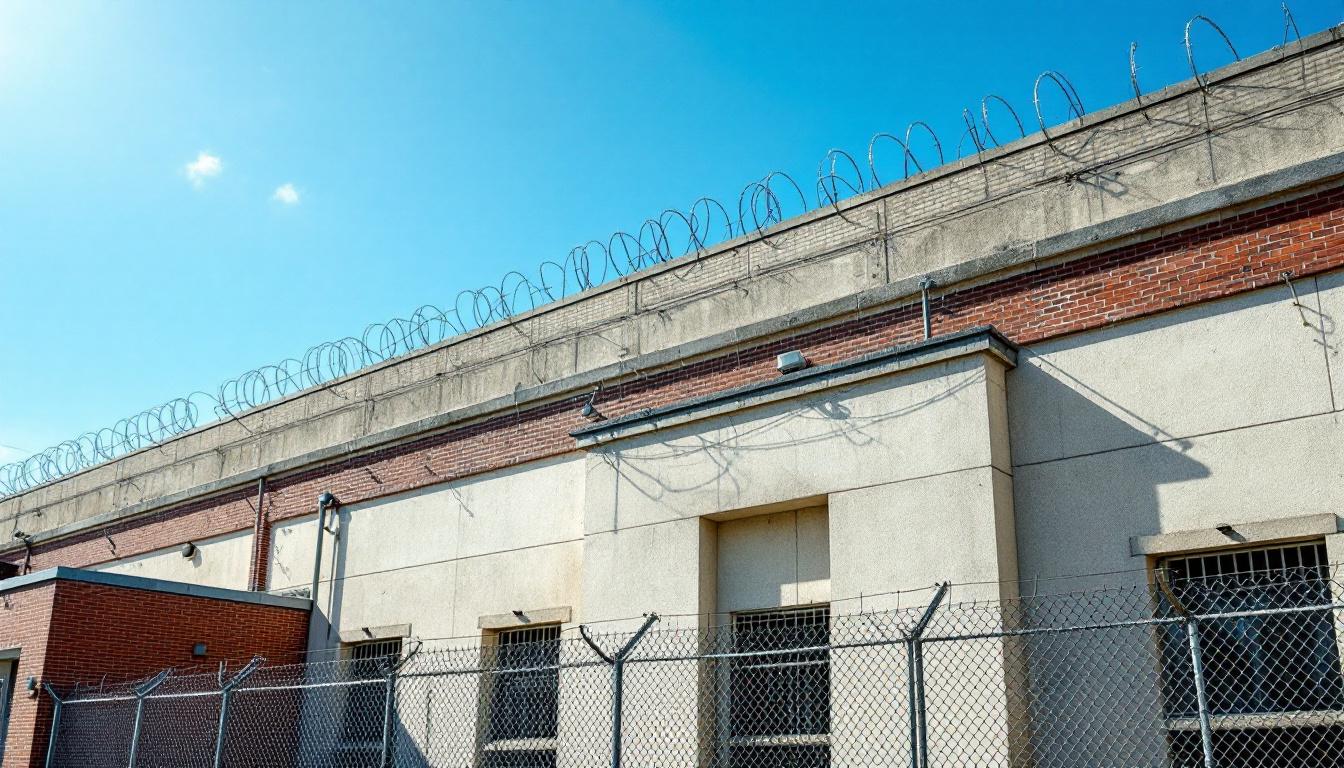
Quick Navigation
How to contact an inmate at Stutsman County Correction Center
This comprehensive guide will walk you through how to connect with an inmate at Stutsman County Correction Center. Follow the steps below to find an inmate and send letters and photos:
- Search for the inmate using our search tool below
- Create your account or log in to Penmate
- Write your message (up to 6,000 characters)
- Send instantly - inmates receive printed copies daily
Find an Inmate
Search for an inmate to start communicating today
Tip: You can search by first name, last name, or inmate ID number
To contact a person at Stutsman County Correction Center start by searching for the person on the official facility website. Perform a search by following these steps:
- Step 1: Enter their first name and last name into the search form and click "Search"
- Step 2: Locate their inmate record
- Step 3: Write down their Inmate ID and any housing information provided
Important! Be sure to enter the person's full name. Nicknames should not be used.
How to Send Messages to Inmates

You can use your phone or computer to send emails, letters, and photos to an inmate. Messages are sent electronically to inmate tablets or kiosks at the facility. If you would like to send a message, start by searching for an inmate at Stutsman County Correction Center.
Sending Photos and Postcards

A great way to send love and support to a loved one at Stutsman County Correction Center is to send photos and postcards. It only takes a few minutes to send photos from your phone and it makes a huge difference. You can also mail postcards with words of support and inspiration, or design your own postcard for special moments like birthdays and holidays.
Important! Be sure not to send any explicit photos or they may not be approved by the facility. You can also use a photo printing app like Penmate to make sure your photos are printed at the correct size (4x6 or 3x5) and are mailed according to the rules and regulations of Stutsman County Correction Center.
Frequently asked questions about Stutsman County Correction Center
-
How long does it take to deliver a message?
If you're sending an email message your letter is usually delivered within 24-48 hours. For messages sent via mail you should expect delivery within 3-7 days. All messages will need be approved by Stutsman County Correction Center.
-
How much does it cost to send a message to Stutsman County Correction Center?
You can send a message free using your phone or mail a message via USPS for the price of a $0.60 stamp and envelope. You can also purchase credits or e-stamps from services starting at $1.99.
-
What services can I use to contact an inmate at Stutsman County Correction Center?
Penmate
You can use Penmate to send letters and photos to an inmate from your phone. It's an easy way to stay in touch during your loved one's incarceration. Use the inmate locator to find an inmate's location and contact information, then you can send messages within a few minutes.
Securus messaging
Securus may be another option for communicating with an inmate at Stutsman County Correction Center. You can create a friends and family account and purchase credits to send messages. All messages will be reviewed and must be approved by the facility.
JPay
Some county jails and state prisons may support sending messages with JPay. You must register an account with the system, find your loved one, and purchase stamps to send messages. For some locations you can also attach photos.
Smart Jail Mail
You may also check if Smart Jail Mail is available at Stutsman County Correction Center. Smart Jail Mail is operated by Smart Communications and has contracted with some state and county jails. After purchasing credits, your messages and photos are sent to the facility, printed out, and then handed out to your loved one.
-
What is the mailing address of Stutsman County Correction Center?
Mailing address:
Stutsman County Correction Center
205 6th St SE
Jamestown, ND 58401
Phone: (701) 252-7436 -
What are the visiting hours at Stutsman County Correction Center?
Visiting hours at Stutsman County Correction Center vary by housing unit and security level. Generally, visits are scheduled on weekends and holidays, with some facilities offering weekday visits. Contact the facility directly at (701) 252-7436 or check their website for the current visiting schedule. Visits typically last 30-60 minutes and must be scheduled in advance.
-
What items are prohibited when sending mail to Stutsman County Correction Center?
Prohibited items typically include: cash, personal checks, stamps, stickers, glitter, glue, tape, staples, paperclips, polaroid photos, musical or blank greeting cards, hardcover books, magazines with staples, and any items containing metal or electronics. Only send letters on plain white paper with blue or black ink. Photos must be printed on regular photo paper (no Polaroids). Always check with Stutsman County Correction Center for their specific mail policies.
-
How do I send money to an inmate at Stutsman County Correction Center?
You can send money to an inmate at Stutsman County Correction Center through several methods: 1) Online using JPay, Access Corrections, or the facility's approved vendor, 2) Money orders mailed directly to the facility with the inmate's name and ID number, 3) Kiosks located in the facility lobby, or 4) Over the phone using a credit or debit card. Fees vary by method, typically ranging from $2.95 to $11.95 per transaction.
-
Can I schedule a video visit with an inmate at Stutsman County Correction Center?
Many facilities now offer video visitation as an alternative to in-person visits. At Stutsman County Correction Center, video visits may be available through services like Penmate, Securus Video Connect, GTL, or ICSolutions. Video visits typically cost $10-20 for 20-30 minutes and must be scheduled in advance. You'll need a computer or smartphone with a camera and reliable internet connection. Contact the facility for their specific video visitation policies and approved vendors.
-
What identification do I need to visit an inmate at Stutsman County Correction Center?
All visitors must present valid government-issued photo identification such as a driver's license, state ID, passport, or military ID. Minors must be accompanied by a parent or legal guardian who can provide the minor's birth certificate. Some facilities require visitors to be on the inmate's approved visitation list, which may require a background check. Contact Stutsman County Correction Center for specific ID requirements and visitor approval procedures.
-
How can I find out an inmate's release date?
To find an inmate's release date at Stutsman County Correction Center, you can: 1) Use the online inmate search tool if available, 2) Call the facility's records department, 3) Contact the inmate's case manager or counselor, or 4) Have the inmate provide this information during a call or visit. For privacy reasons, some facilities only release this information to immediate family members.
Facility Overview
Contact Information
Stutsman County Correction Center205 6th St SE
Jamestown, ND 58401
Phone: (701) 252-7436
Official Website
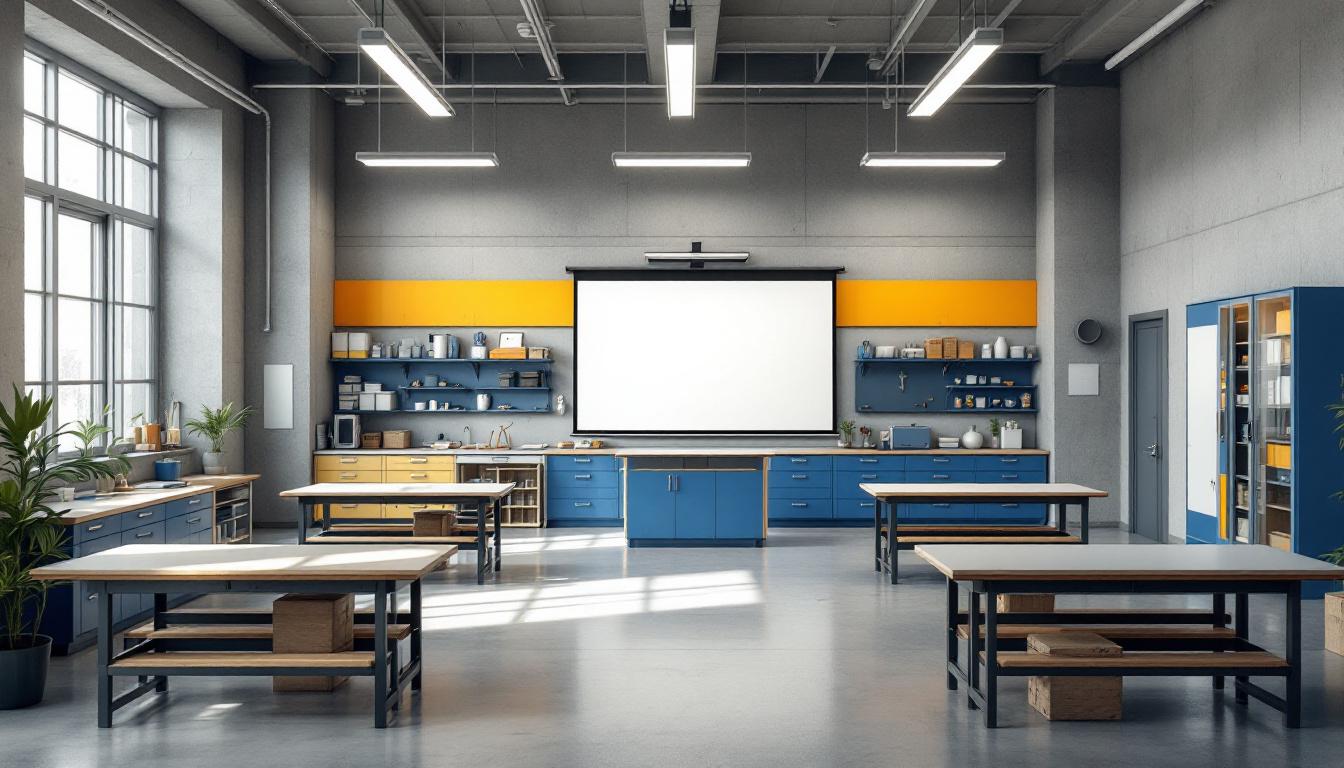
About Stutsman County Correction Center
Correctional facilities across North Dakota's rural landscape serve as pivotal community institutions, bridging the gap between justice and rehabilitation while addressing the complex needs of individuals within the state's correctional system. The Stutsman County Correctional Facility in Jamestown operates within this framework, focusing on the population services that connect incarcerated individuals with pathways toward successful community reintegration. Through systematic approaches to custody and care, this ND correctional facility typically emphasizes collaborative relationships with local organizations and service providers throughout the Jamestown area.
The facility's operational philosophy generally centers on developing sustainable partnerships with community resources, recognizing that effective rehabilitation often requires coordinated efforts between correctional staff and external support networks. Programming may include educational opportunities, vocational training initiatives, and behavioral health services that align with the broader goals of reducing recidivism while supporting family connections. The Stutsman County Correctional Facility typically works to maintain these community partnerships as part of its commitment to preparing individuals for their eventual return to society, understanding that successful reintegration benefits both the individual and the wider Jamestown community.
Located in the heart of North Dakota's agricultural region, the correctional facility serves as an integral component of the state's justice system while maintaining its connection to the values and resources of rural communities. The facility's approach to rehabilitation generally incorporates the unique characteristics of midwest communities, where personal relationships and community support networks play essential roles in individual success and accountability.
Programs & Services
Through comprehensive rehabilitation initiatives, the population at Stutsman County Correctional Facility receives multifaceted support designed to address both immediate needs and long-term reintegration goals. The facility's approach emphasizes skill development and personal growth, recognizing that meaningful change occurs when individuals have access to diverse opportunities for advancement. These carefully structured programs create pathways for participants to rebuild their lives while maintaining connections to family and community support systems.
Educational opportunities form a cornerstone of the facility's rehabilitative framework, with adult basic education programs typically providing foundational literacy and numeracy skills essential for future success. The population may participate in structured learning environments that accommodate varying educational backgrounds and learning styles. In addition to this academic foundation, vocational training programs often include hands-on instruction in practical trades and technical skills. These comprehensive educational initiatives frequently incorporate elements of personal development, helping participants build confidence while acquiring marketable competencies.
Support services extend beyond traditional classroom settings through work programs that may supply practical experience in areas such as plumbing and facility maintenance. Job placement assistance typically connects participants with potential employers, facilitating smoother transitions upon release. The facility often includes therapeutic programming that addresses underlying issues contributing to criminal behavior, while simultaneously strengthening family relationships and community ties. These interconnected support systems work collaboratively to ensure the population has access to resources necessary for successful reintegration into society.
Daily Life & Visitation

The carefully orchestrated framework of institutional operations fundamentally shapes every aspect of the incarcerated experience, with regimented schedules and clearly defined protocols governing movement throughout the facility. At present, the population follows a structured daily routine that typically begins with early morning wake-up calls, followed by scheduled meal times, work assignments, and programming activities that actively maintain order while providing opportunities for personal development. Count times occur at regular intervals throughout the day, ensuring accountability and security while allowing staff to monitor the well-being of all residents within the facility's organized environment.
Living accommodations generally consist of shared cells or dormitory-style housing units, where the population typically resides in spaces designed to balance security requirements with basic comfort needs. Personal property allowances usually include essential items such as clothing, hygiene products, and limited personal effects that may be purchased through the commissary system. In addition to this structured housing arrangement, dining services supply three meals daily in designated areas, with menus that generally meet nutritional standards while accommodating dietary restrictions and medical needs when necessary.
Recreational opportunities often include access to exercise areas, television viewing rooms, and library services that supply both educational materials and leisure reading options for the population. Work assignments within the facility typically encompass kitchen duties, maintenance tasks, and cleaning responsibilities that help maintain daily operations while providing structure and purpose. Despite this regimented environment, visitation policies usually allow for regular contact with family members and approved visitors, while telephone access and correspondence privileges generally enable the population to maintain important relationships and connections with their support systems in the community.
Ready to Connect?
Start communicating with your loved one today
Search for an Inmate
